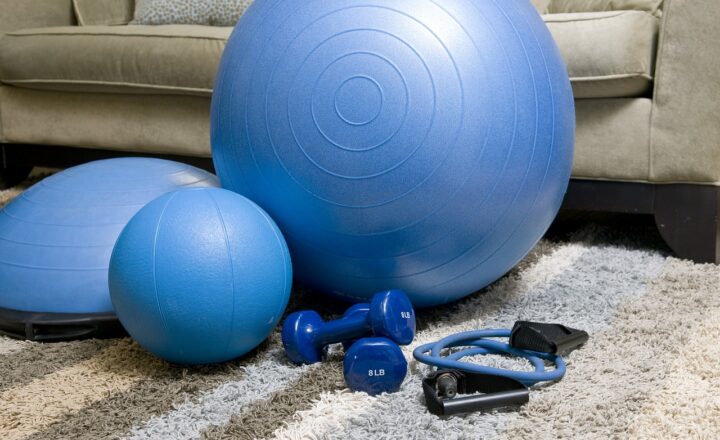
Creating a home gym is a great way to save time and money while staying in shape. It allows you to work out at your convenience and often proves to be more economical than a traditional gym membership. However, if you’re on a tight budget, you might be wondering how to create an effective workout space without breaking the bank. In this article, we will guide you through the process of building a basic home gym on a budget.
1. Assess Your Space
Before you start purchasing equipment, take a look at the space you have available for your home gym. This could be a spare room, a corner of your living room, or even a garage or basement. Here are some points to consider:
- Size: Measure the area to understand how much space you have to work with.
- Flooring: If you have hard flooring, consider adding a rubber mat to cushion your workout and protect your floors.
- Ventilation: Ensure the area is well-ventilated to keep you comfortable during your workouts.
2. Set a Budget
Once you’ve assessed your space, the next step is to set a budget. Determine how much you are willing to spend on equipment and other essentials. Here’s a simple budget breakdown to help you plan:
- Equipment: Aim for $100 to $500, depending on what you need.
- Accessories: Allocate about $50 for mats, weights, and resistance bands.
- Storage: Set aside around $50 for shelving or racks to keep things organized.
3. Essential Equipment for Your Home Gym
You don’t need to purchase a lot of expensive equipment to have an effective home gym. Here are some budget-friendly essentials that will provide a full-body workout:
- Resistance Bands: Affordable and versatile, resistance bands are great for strength training and can be used for a variety of exercises.
- Dumbbells: Start with a pair of adjustable dumbbells that allow you to change the weight as you progress.
- Yoga Mat: Perfect for floor exercises and stretching, a good quality mat enhances comfort and stability.
- Stability Ball: A stability ball can improve your core strength and stability and can also double as a seat for your desk.
- Jump Rope: An inexpensive tool that provides an excellent cardiovascular workout.
4. DIY Equipment Ideas
If you’re particularly budget-conscious, consider creating your own gym equipment. Here are a few DIY projects that can save you money:
- Sandbag: Fill a duffel bag with sand for a versatile weight training tool.
- Water Jug Weights: Use filled water jugs as weights for various strength exercises.
- Homemade Plyo Box: Construct a simple plyo box using wooden crates or sturdy plywood for jumping exercises.
5. Incorporate Cardio Without Equipment
Cardio doesn’t always require a machine or fancy equipment. Here are some methods to incorporate cardio into your routine:
- Bodyweight Exercises: Jumping jacks, burpees, high knees, and mountain climbers are excellent cardio moves that require no equipment.
- HIIT Workouts: High-Intensity Interval Training alternates between intense bursts of activity and fixed periods of less-intense activity or complete rest. It can be done with bodyweight exercises.
- Dancing: Turn on your favorite music and dance around for a fun cardio session.
6. Find Free Online Resources
The internet provides an abundance of free workout videos and fitness programs. You don’t need to spend money on personal trainers or workout guides. Here are some resources to explore:
- YouTube Channels: Channels like Fitness Blender, HASfit, and PopSugar Fitness offer free workouts for all fitness levels.
- Fitness Apps: Apps like MyFitnessPal and JEFIT offer comprehensive workout plans and tracking features at no cost.
- Online Communities: Join fitness forums or social media groups where you can ask questions, share tips, and keep each other motivated.
7. Stay Consistent and Motivated
Building a home gym is only part of the equation; staying consistent is where real results come from. Here are ways to maintain motivation:
- Set Goals: Make short-term and long-term fitness goals to keep yourself accountable.
- Workout Schedule: Create a schedule to ensure you dedicate specific time to your workouts.
- Mix Up Your Routine: Avoid boredom by switching your workouts regularly. Try different styles and programs to keep it fresh.
Conclusion
Building a home gym on a budget is entirely achievable with a bit of research and creativity. By assessing your space, setting a budget, and focusing on essential equipment, you can create an effective workout environment that meets your fitness needs. Whether you’re lifting weights, doing cardio, or practicing yoga, your home gym can be your sanctuary for health and wellness, all while saving you money in the long run.







